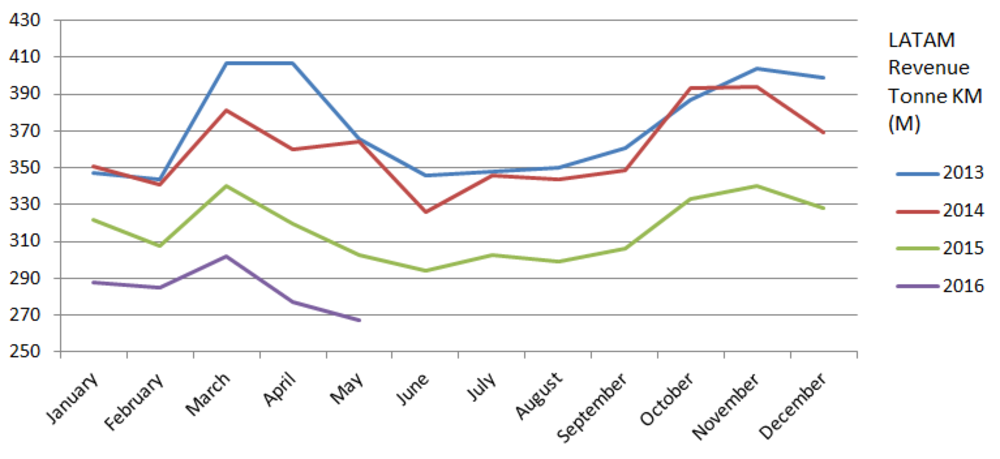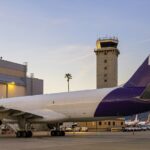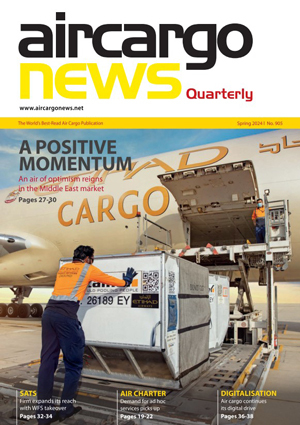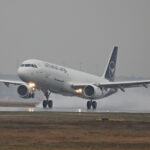Americas cargo monthly: Mixed May for US carriers
16 / 06 / 2016
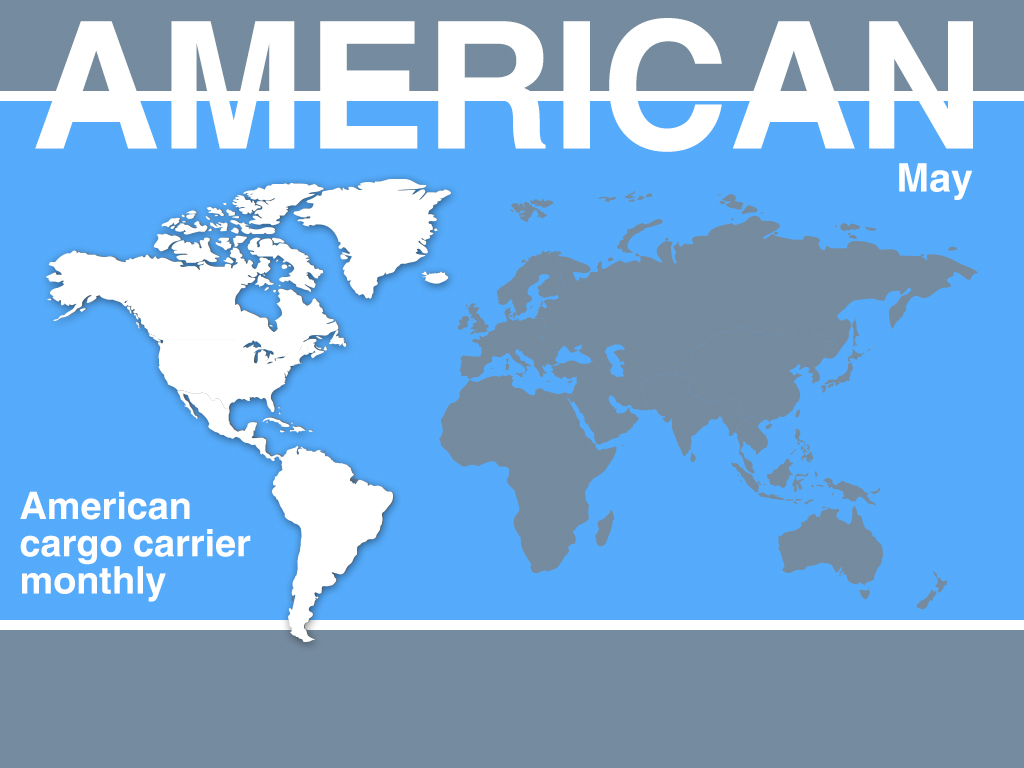
The big three US carriers’ cargo performance continued to diverge in May, with United and American recording demand increases while Delta saw demand slide.
In its monthly operational update, the largest of the three carriers, United, registered a demand increase of 7.9% year on year to 228m cargo ton miles (CTM).
It is the second monthly year on year increase registered by the airline in a row and it is the largest percentage jump since April last year.
During the first quarter of the year, US airline demand comparisons were affected by industrial action at US west coast seaports in 2015, which provided airlines with a boost in demand.
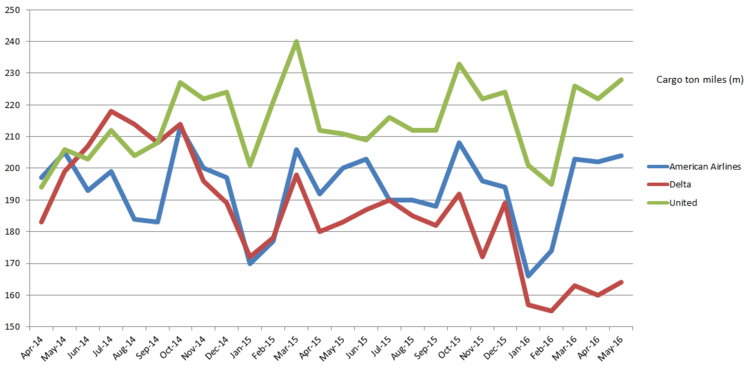
American Airlines also managed to record an increase in demand in May, with cargo volumes up by 2.4% year on year to 204m CTM.
It was also the second month of growth in a row for American after declines in the first quarter.
Delta Air Lines, meanwhile, continued to report declines in demand. This time there was a 9.9% decline to 164m CTM, representing its fifth decline this year.
Delta has not registered a demand increase since February last year and last year demand was down by 7% compared with 2014.
The airline is hoping to return to growth and the new head of cargo has outlined a more personal approach to customers as key.
“Until now, Delta Cargo has operated on very transactional lines – fill the bellies of the planes we’re flying, move the product from A to B on time and on target. But there is a consumer component that we need to bring to the business,” said cargo president Gareth Joyce.
“We need to listen to our customers and understand what they are trying to get from where to where.”
Meanwhile, the LATAM Group has continued to suffer as major South American economies continue to struggle.
The airline group’s latest monthly report shows an 11.9% decline in cargo demand to 267m revenue tonne km. It is the fourth double-digit decline recorded this year.
The airline is taking action to combat the weak cargo conditions and has been withdrawing freighter capacity.
Overall cargo capacity at the airline was 6.7% behind a year ago, but this wasn’t enough to stop load factors sliding to 51.3% from 48.5% in May last year.
It has also launched a new cargo strategy, with new products targeted at specific sectors.
